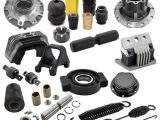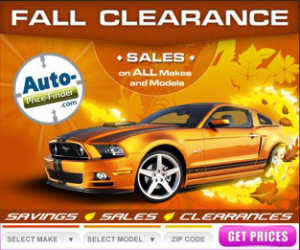
Types of Auto Parts Distributors
April 4, 2022Today’s automotive aftermarket industry is faced with several major disruptions. Digitalization, shifting competitive dynamics, and changing consumer preferences are all changing the way customers interact with automotive aftermarket companies. With the proliferation of ride-sharing apps and autonomous cars, fewer people may own their own vehicles and instead call on fleets to transport them to their destinations. With this transition in mind, the aftermarket supply chain must transform to meet the changing needs of fleet managers.
OEMs are the primary suppliers of many parts used in new cars. Not only are they the suppliers, but they are also the designers of many of the first parts found in new vehicles. Ford, for example, uses Exide batteries and Autolite spark plugs. TRW, a manufacturer of automotive aftermarket parts, manufactures parts to the same quality standards as OEMs. These parts are made by suppliers that maintain a high level of quality and consistency, and meet the same standards as the ones used in new cars.
To keep prices competitive, auto parts distributors must be able to supply their customers at competitive prices. As a result, they need to distribute their products to workshops. These distributors, who are typically grouped into two distinct categories, may also be classified as Jobber or Retailer. Jobbers buy from manufacturer goods at wholesale prices and then sell them at retail. This process is called two-step distribution. Some auto parts distributors are also distributors and installers.
Manufacturer Motor Parts Co. is an acclaimed auto parts distributor with over 33 years of experience. The company’s quality, customer service, and price are unmatched in the automotive aftermarket. Its best practice philosophy embodies the company’s commitment to becoming brutally active and adaptable. They are a company that you can trust and count on. With this reputation, you can rest assured that your parts will be the highest quality available.
Advance Auto Parts is a large retail chain of automotive batteries, accessories, and parts. It recently acquired B.W.P. Distributors, which was founded in 1962. The company operated or supplied 216 locations in Maryland, Delaware, and Connecticut. There are several other members of the group that provide parts to various companies and retailers. There are many types of auto parts distributors, so choosing the best one for your business can be an easy task.
Advances in technology have greatly increased the quality and complexity of automobile parts. Many warehouse distributors stock hundreds of thousands of parts, accessories, and other components to cater to the ever-growing list of automobile models. Most of these companies operate from a single location, employ 20 to 21 workers, and generate $23-24 million annually. The auto parts industry is comprised of approximately 8,100 companies and generates $192 billion annually. The top 50 companies account for 61% of the industry’s sales.
While the automotive industry is facing several challenges, there is no denying that the industry is evolving. Changing consumer behavior and e-commerce are shaking up the distribution channel. New trends in technology are transforming the face of the automotive industry, and aftermarket auto parts distributors must adjust accordingly to stay competitive. Currently, the aftermarket auto parts industry is divided into two main channels: retail outlets and independent repair shops. Most of these retailers buy aftermarket parts from a third-party distributor





